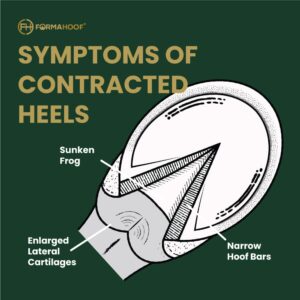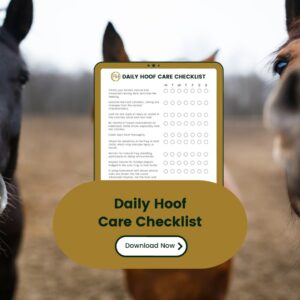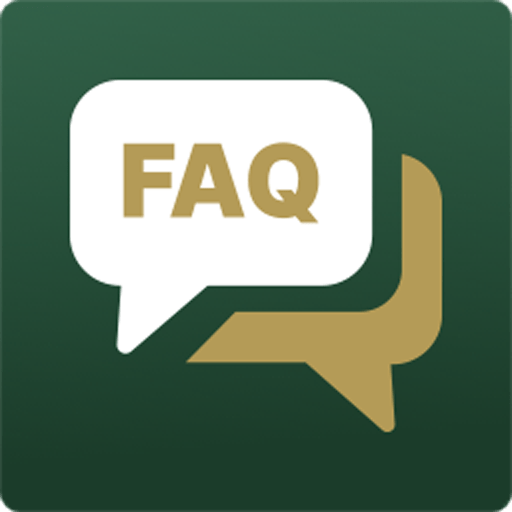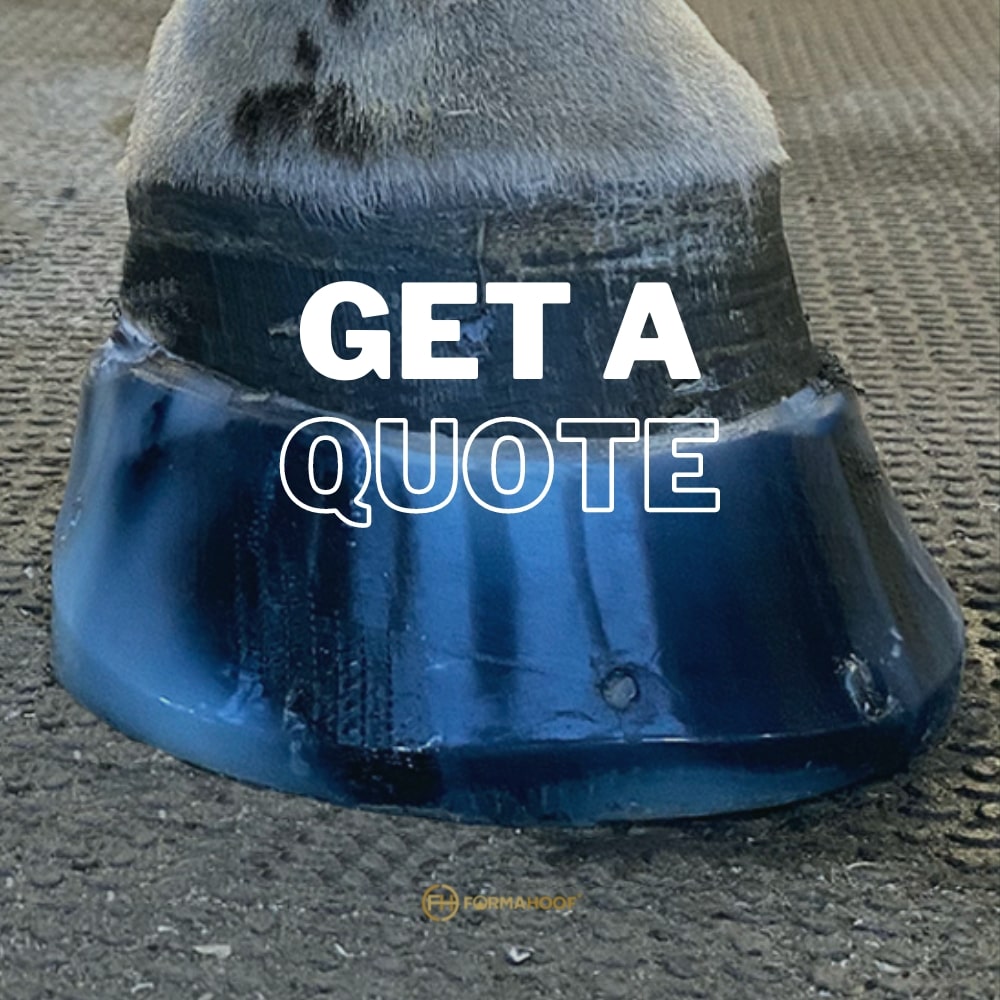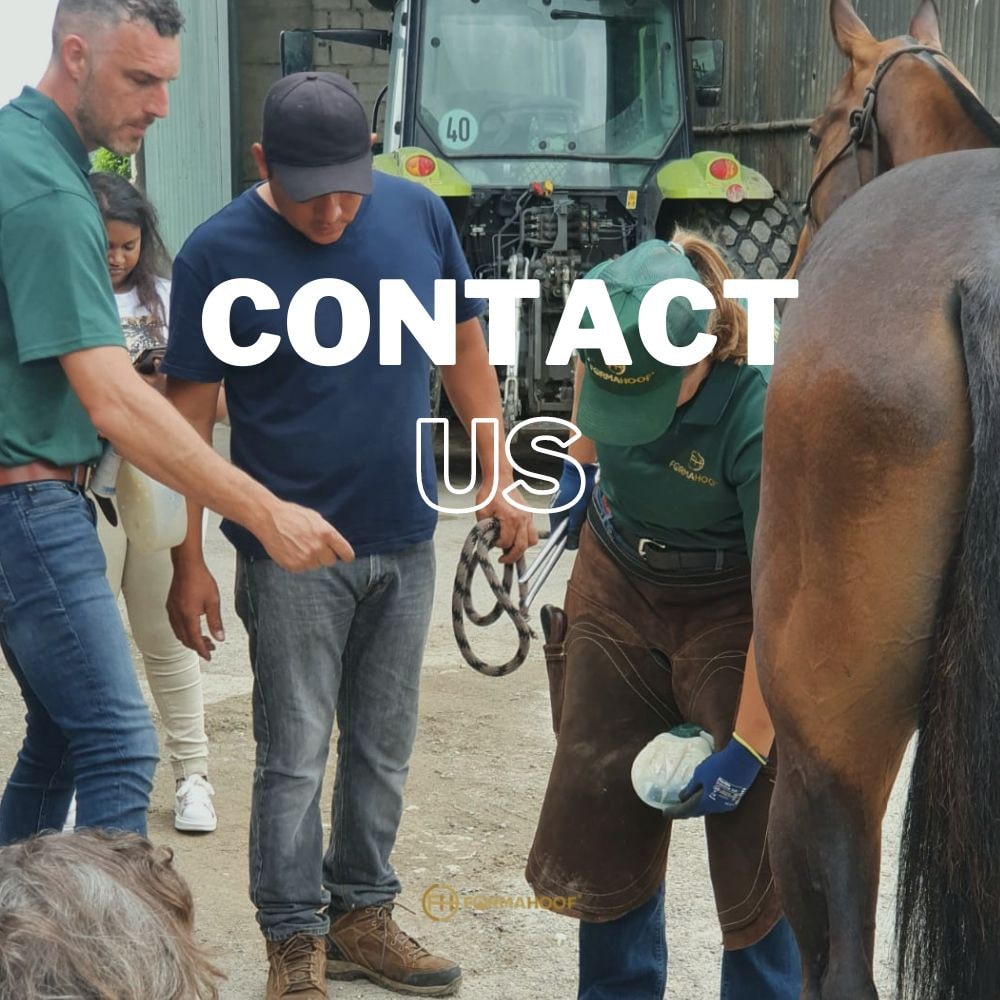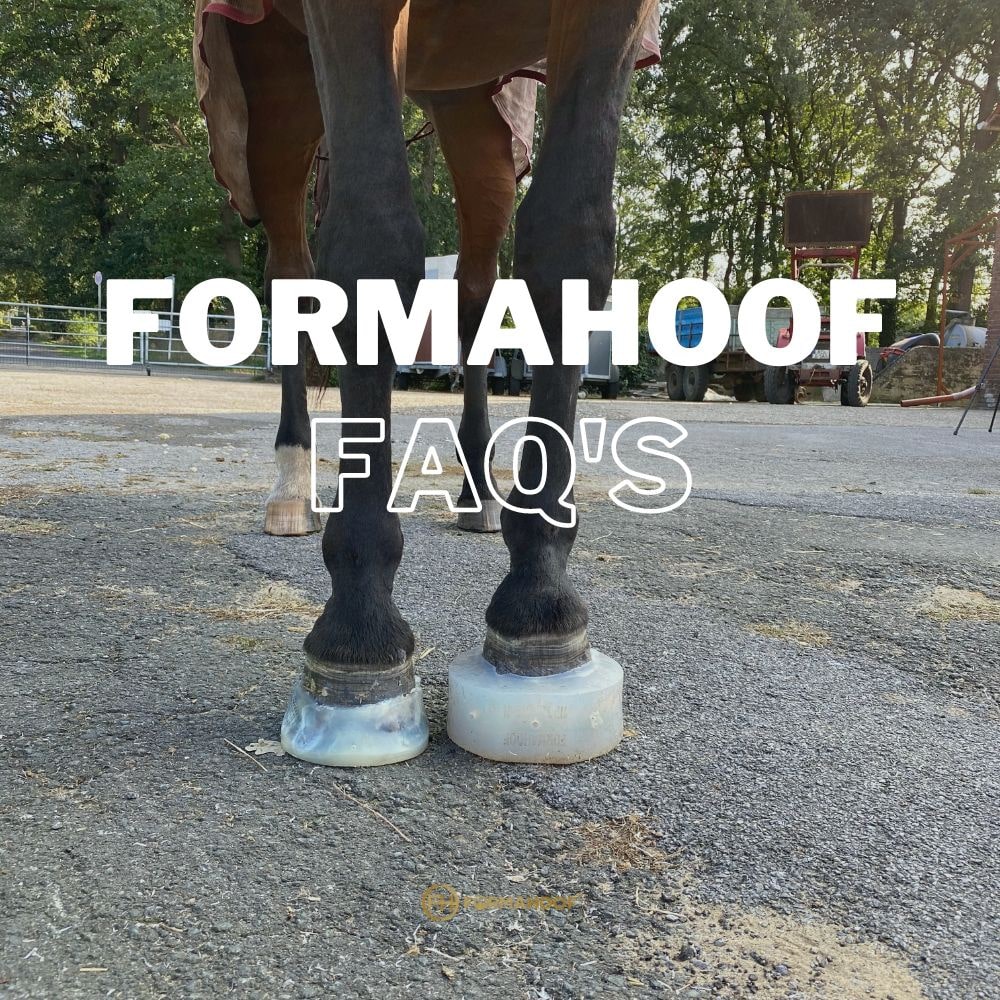What Is PPID (Equine Cushings)?
PPID (Pituitary Pars Intermedia Dysfunction), or ‘Cushings’ as we know it, is the most common equine hormonal disorder and is generally caused by an enlargement of the pituitary gland or a tumour affecting the pituitary gland.
If your horse or pony has PPID, nutrition can be pivotal to helping manage the condition throughout the year. As we move into autumn and winter, when horses and ponies may have a reduced workload coupled with changing nutrition in the grass and a drop in temperature, it’s important to ensure that you are giving them the best diet possible.
Provide Suitable Forage
Horses and ponies with PPID should be managed in a similar way to those prone to laminitis. They will often have reduced insulin sensitivity leading to Insulin dysregulation and an increased risk of laminitis, so need a diet that is low in starch and sugar all year round.
Grass intake may need to be restricted even through winter to minimise sugar levels, but they will need to be fed an alternative form of forage such as hay or haylage to keep the digestive system functioning well.
Ideally, hay or haylage should be offered on an ad-lib basis as its digestion creates internal heat, helping to keep horses and ponies warm from within, which is particularly important through the autumn and winter seasons.
Forage should be low sugar and starch so it’s always good to have it analysed, to keep track of sugar and starch levels within the diet. A typical analysis will show WSC (water soluble carbohydrates or simple sugars plus fructan), ESC (ethanol soluble carbohydrates or simple sugars minus fructan) and starch.
ESC is important for PPID horses and ponies with insulin dysregulation as it’s these simple sugars plus starch which need to be kept to a minimum. Ideally, ESC + starch should be less than 10%. Some very sensitive horses can also benefit from having lower WSC levels in the diet, and for these it is often best to avoid turning them out onto frosty grass, waiting until the temperature rises above 5°C before letting them graze.
It is generally recommended that horses with PPID be fed forages with no more than 12% NSC (Non-Structural Carbohydrates) which encompasses simple sugars and fructan, plus starch. If the NSC of the forage is above 12%, soaking is often recommended to reduce WSC (water soluble carbohydrates) but some research has shown that it can be ineffective in reducing it to a safe level.
Steaming hay has some great benefits, particularly in the winter to avoid carrying heavy buckets of cold water and has shown some reduction in WSC which could make it useful for a hay whose NSC is only just over the safe level.
Alternatively, feeding specifically produced low NSC (<12%) forage or replacing up to 25 per cent of the forage with oat straw or a low starch and sugar straw-based chop can be really useful to help manage PPID.
Manage Body Condition
Horses with PPID can often lose body condition so it’s important to manage this by adding in extra calories when needed to help with weight gain.
Cereals should be avoided as they are high in starch. Highly digestible fibre such as unmolassed beet, along with oil sources such as linseed, are great as they add extra calories for improved condition but are very low in starch and sugar, to help minimise the risk of laminitis.
Whilst most horses and ponies with PPID lose weight, some can be overweight which will increase the risk of insulin dysregulation and potentially laminitis.
Monitoring weight and fat pads regularly is, therefore, essential and is easily done using a body condition scoring chart (BCS). Overweight horses and ponies can be managed with a low calorie, forage-based diet to help them lose weight.
This can be fed alongside a high specification balancer or supplement to supply a full range of essential micronutrients but without excess calories, which is important for horses and ponies with PPID.
Additionally, overweight horses and ponies can benefit from strategic rugging. Avoiding over rugging, keeping rugs to a minimum and leaving ponies unrugged (providing they have a good natural coat), during winter can really help with weight management.
Provide Quality Protein
Good quality protein is an important consideration for horses and ponies with PPID as they can often lose muscle mass. Most horses with PPID are also older individuals who have a lower rate of muscle protein production, meaning that they need improved quality protein for muscle maintenance and repair.
Amino acids provide your horse with the building blocks for making good-quality protein. Linseed, soya, alfalfa, and peas all have an excellent amino acid profile, so look for feeds containing these.
Alternatively, provide a high specification balancer or supplement with good levels of essential amino acids, such as Lysine and methionine, to help facilitate the production of muscle protein to help rebuild muscle mass and integrity.
Deliver Antioxidant Support
Research has suggested that horses with PPID may have a higher level of oxidative stress in their body, to which potent antioxidants like Vitamin E might offer support.
Preserved forage such as hay, for example, can be quite in low vitamin E and can lose nutrients if soaked to reduce the starch and sugar content.
Consequently, it’s good to make sure you are delivering good levels by feeding a nutritious balancer, supplement or a feed suitable for horses with PPID, which supplies a good specification of essential vitamins, minerals and antioxidants.
Supply Essential Fatty Acids
Research has suggested that horses with PPID may have a higher level of oxidative stress in their body, to which potent antioxidants like Vitamin E might offer support.
Preserved forage such as hay, for example, can be quite in low vitamin E and can lose nutrients if soaked to reduce the starch and sugar content.
Consequently, it’s good to make sure you are delivering good levels by feeding a nutritious balancer, supplement or a feed suitable for horses with PPID, which supplies a good specification of essential vitamins, minerals and antioxidants.
Support Digestive Health and Immunity
Hindgut microbes are critical to the health of your horse because they help keep the digestive tract healthy, but are also involved in immunity.
Immunity normally drops in horses with PPID, making them more vulnerable to certain health issues and disease, so it’s important to try and boost it.
Yeasts can help re-build and promote the growth of beneficial hindgut microbes to support overall immunity and health so look for feeds and supplements containing these for optimum benefits.
🌟 Dive Deeper into Horse Nutrition with Our Free Lecture! 🌟
Navigating through the nuanced world of horse nutrition, especially for those with PPID, can be a complex journey. The foundations are key to understanding more specialized care needs, like those discussed in this article.
🐴 Join Our Free Online Lecture: Hoof Nutrition Basics 🐴
Whether you’re a seasoned equestrian or embarking on your horse care journey, grasping the essentials of hoof nutrition is crucial. Hooves are a mirror to your horse’s overall nutritional health, reflecting the adequacy of their diet and care.
🔍 What Will You Learn?
- Essential nutrients for optimal hoof health
- The connection between diet and hoof quality
- Practical tips on feeding for robust hooves
- And much more from experts in equine nutrition!
📅 Why Attend?
📘 Gain invaluable knowledge that enhances your horse care skills
🤝 Engage with a community passionate about equine wellness
🎓 Obtain a certificate of attendance, a valuable addition to your learning journey
🚀 Elevate your understanding, which ripples into the improved well-being of your equine companions
No horse should suffer from suboptimal nutrition. Equip yourself with knowledge.
👉 Enroll in Hoof Nutrition Basics Now
Embark on a journey that elevates your equine care to new heights. We’re thrilled to welcome you to a community devoted to the holistic well-being of every horse.



